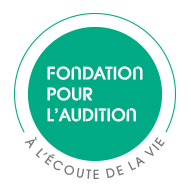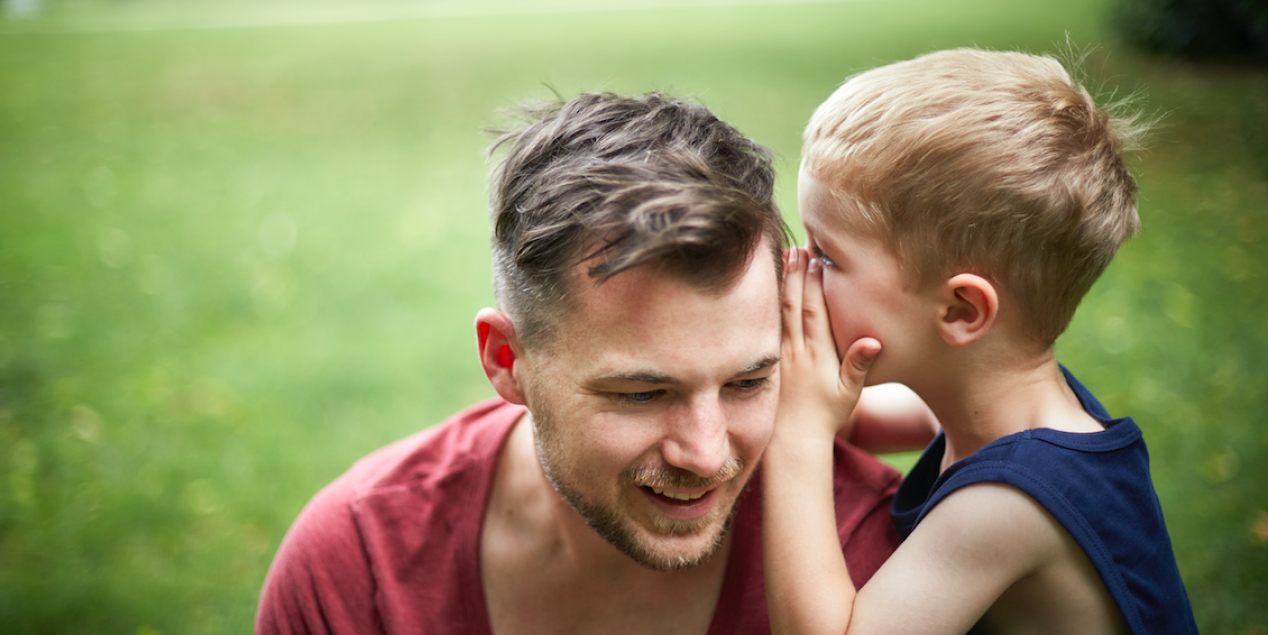Screening and follow-up
Hearing health monitoring starts at birth. In France, hearing tests have been offered at every neonatal unit since 2016. This enables doctors to detect problems from the earliest age, prevent hearing loss and monitor hearing health.
Screening is part of a three-pronged approach to prevention. Primary prevention is aimed at reducing the possible sources of hearing impairment. Secondary prevention involves screening for hearing loss, if possible before any symptoms appear. Meanwhile, tertiary prevention focuses on limiting the medical and social consequences of deafness; for example, through hearing aids.
In this way, prevention and screening can reduce the personal and social impact of hearing loss.
Protecting hearing health
We are all different when it comes to reacting to auditory stress. The sound waves from loud, sudden noises (gunshots, car horns, etc.) can damage the hair cells that are responsible for linking sounds with the brain. The same is true of chronic exposure to disruptive noise (cars, building work, etc.), which accelerates a decline in hearing.
Hair cells are regenerated in animals like reptiles and birds,but never in humans, so it is important to protect them.
A number of systems are in place to monitor noise pollution. For example, in France, specialized websites enable people to choose restaurants by their noise level, while noise readings are taken in schools located near busy roads and at factories, where the amount of time workers are exposed to noise is also monitored.
In addition, a number of laws limit the noise made by motorcycles (75-80 dB), nightclubs (95 dB), concerts (105 dB) and MP3 personal music devices (100 dB). However, these limitations are insufficient, given that hearing can be damaged by exposure to as little as 85 dB.
To avoid hearing loss, it is important to take frequent breaks from exposure to loud noise, by moving away from the source.
Acoustic earplugs can reduce the intensity of noise without altering the frequencies.
Smartphone apps can also be used to measure noise in different environments. However, only a consultation with an ENT specialist can take into account the way we perceive noise.
Meanwhile, athletes with hearing problems should approach certain sports with moderation: diving, skiing, mountain climbing and parachuting (i.e. sports that subject the eardrum to variations in pressure).
Finally, a number of ototoxic drugs should be avoided, including aminoglycoside antibiotics, aspirin, non-steroidal anti-inflammatory drugs (NSAIDs), quinine, certain diuretics and estrogens.
The solution is not to avoid treatment but to talk with your doctor, especially if your family has a history of hearing loss.
Vaccines can prevent certain diseases known to cause hearing loss, such rubella during pregnancy, mumps and meningitis.
To learn more about hearing health, you can follow World Hearing Day on March 3 every year, as well as National Hearing Day (in France, on the second or third Thursday of March). In France, both of these events are organized in partnership with Fondation Pour l’Audition.

